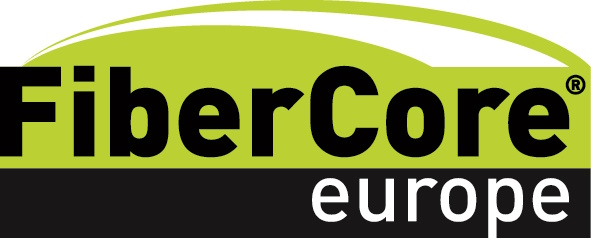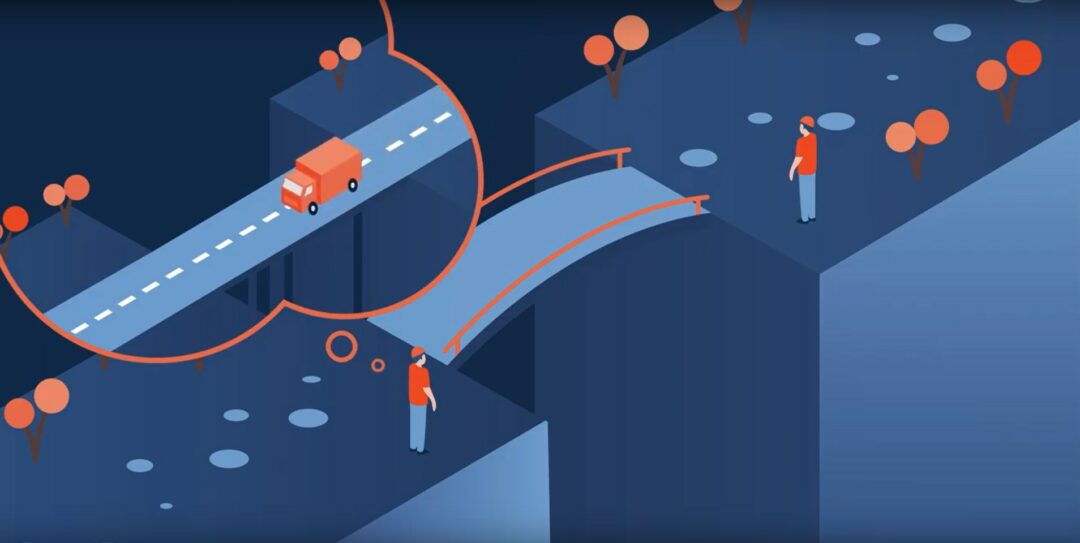Give bridges a second life
FiberCore's prefabricated composite bridges have a particularly long service life. This is by no means always fully utilized during the period of use. For example, FiberCore offers temporary or auxiliary bridges that are only used for a limited time. We give these bridges a new life by offering them on Bruggenbank.nl. This way, these bridges get a second (or third, or fourth) life. The bridges are available quickly and economically and contribute optimally to the circular economy.
There are currently another 12 composite FiberCore bicycle bridges - previously used as temporary overpasses for the Waal River - on Bruggenbank.nl, of which 4 have already been sold. So be quick, because OP=OP....


